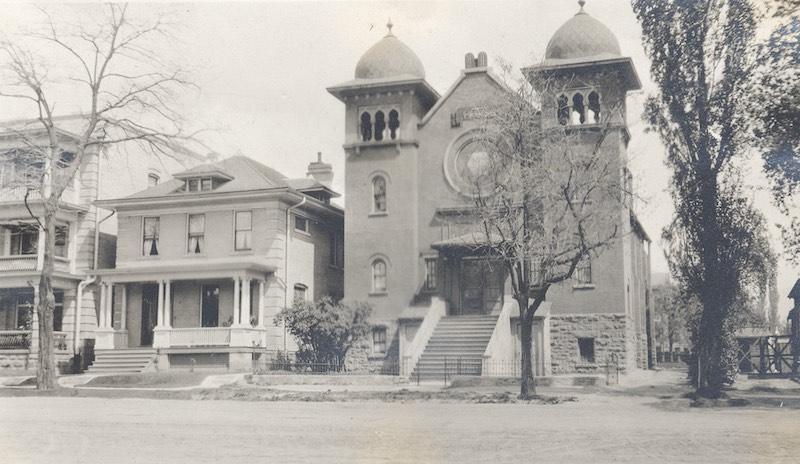Immigration to America
A major part of many Jewish Americans’ early lives was immigration to the United States, and often it was this immigration that had the biggest impact on their lives. During the early 1900s there was a large influx of Catholic and Jewish peoples that brought tens of thousands to America. These new immigrants were coming from Europe, more specifically eastern European countries such as Russia, Poland, and Romania. Families would often follow the father on his journey to America to find work, ultimately settling down in Utah towns to work ore mines, fur operations, etc. This wave of immigration gave rise to a population of first-generation Jewish Americans in Utah.
Early life could be rough for incoming immigrants, both socially and economically. Many families that were coming for work came with next to nothing, and getting a job quickly that would put food on the table was imperative. Fathers would find work in manual labor such as mining, trading, or hunting, while mothers stayed home and operated clothes-washing services for locales, among other things. Jewish families tended to seek each other out when settling in Utah, and there are many recorded instances of Jewish groups befriending one another on the basis of similar familial heritage. This friendship was as enjoyable as it was necessary, because Jewish families that could cooperate with one another were in a much better position to ensure that they were safe both monetarily and socially. In the day to day lives of many of those interviewed, who would’ve been young children during the early 1900’s, things were normal; those that could went to school, studied, worked jobs to support their families, and still had time to enjoy the company of other kids in the community.

